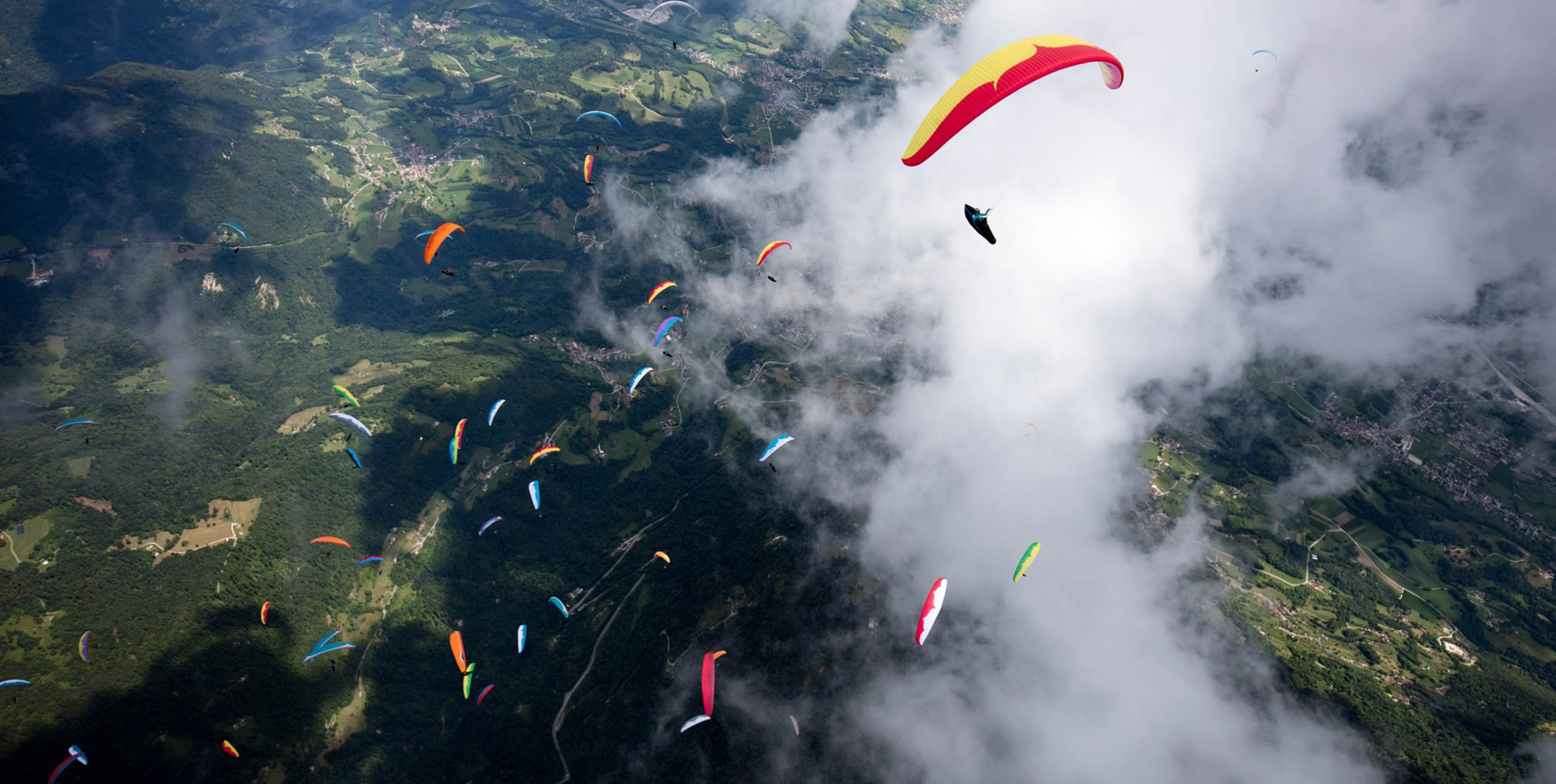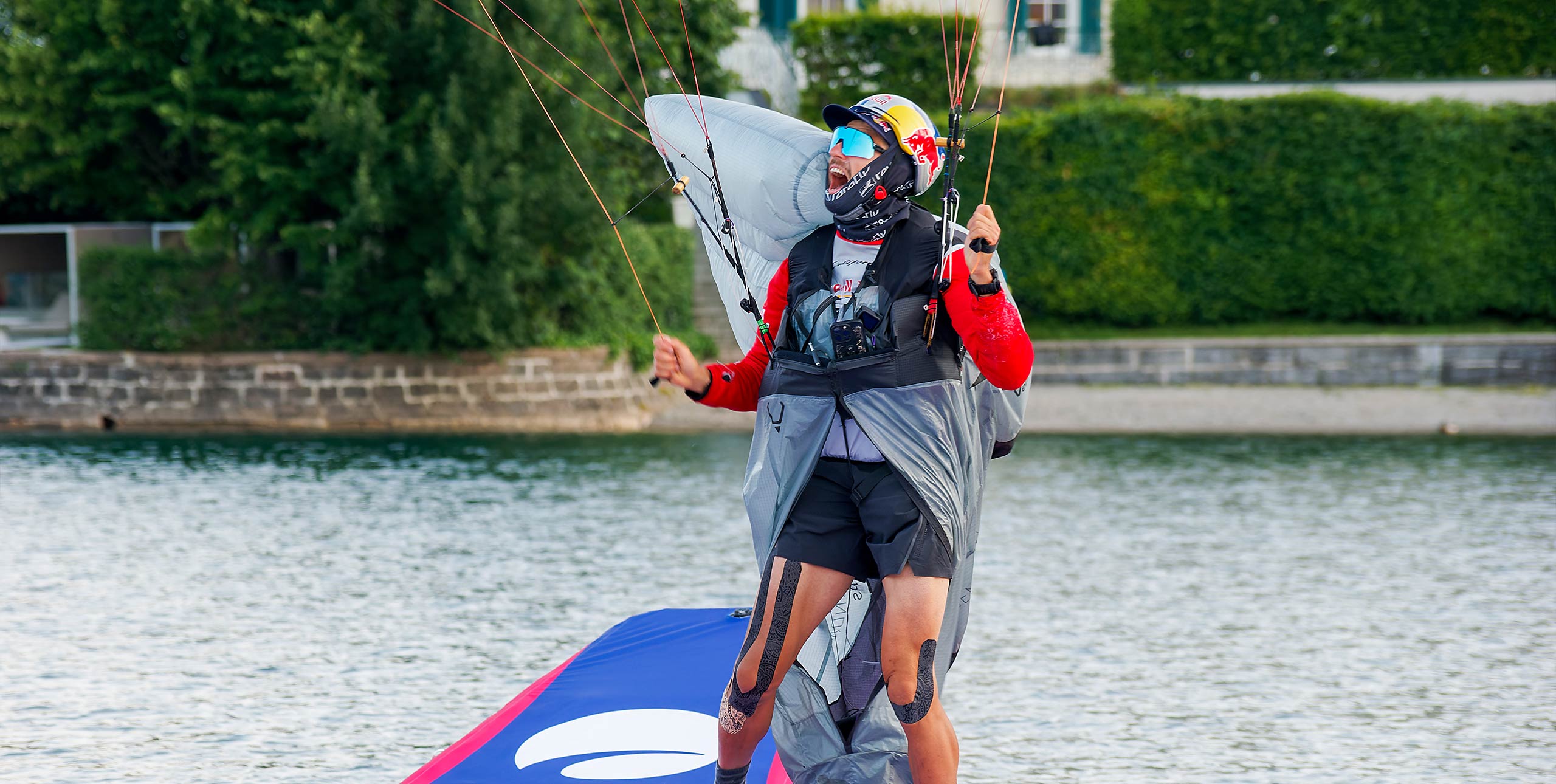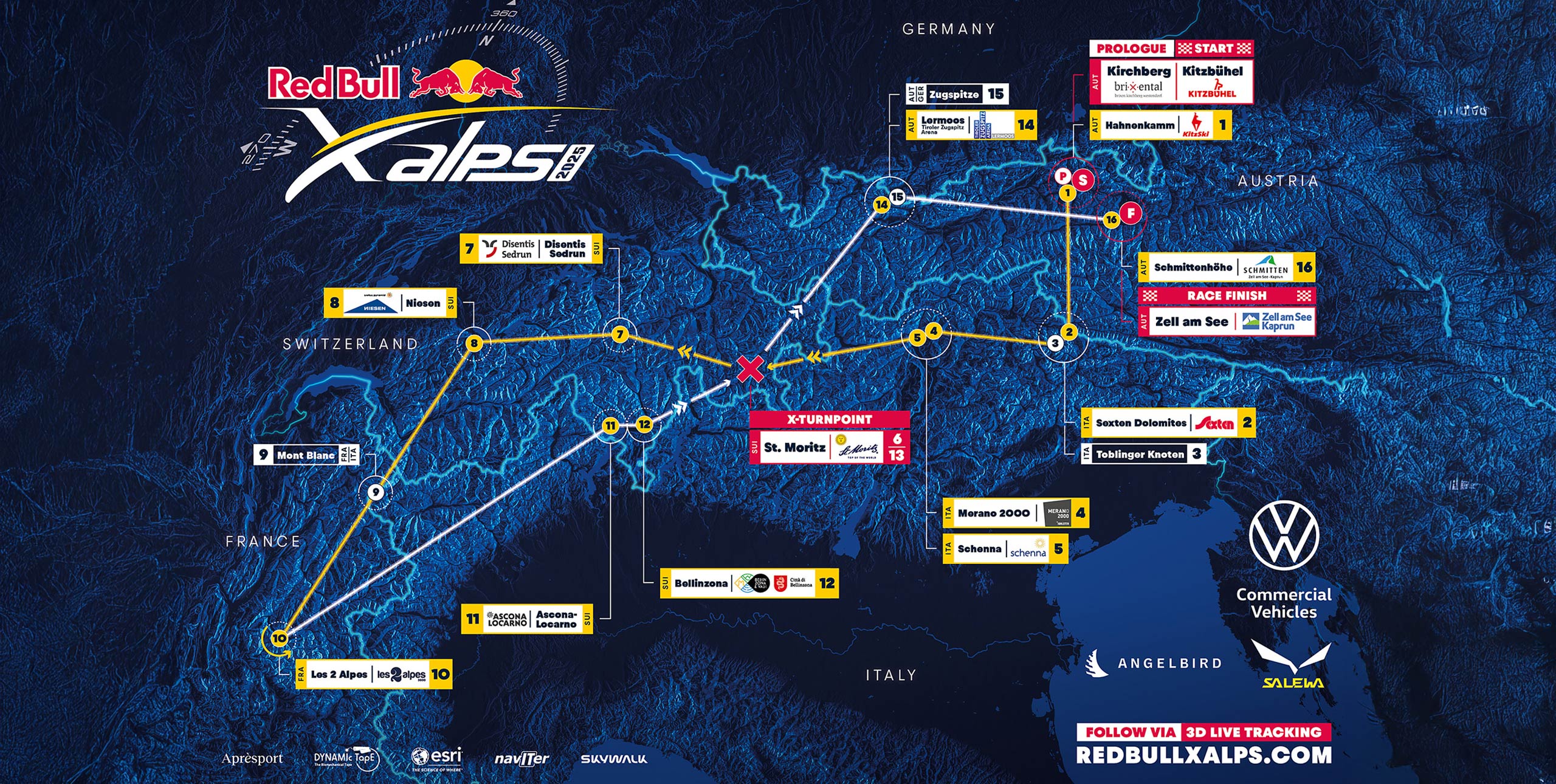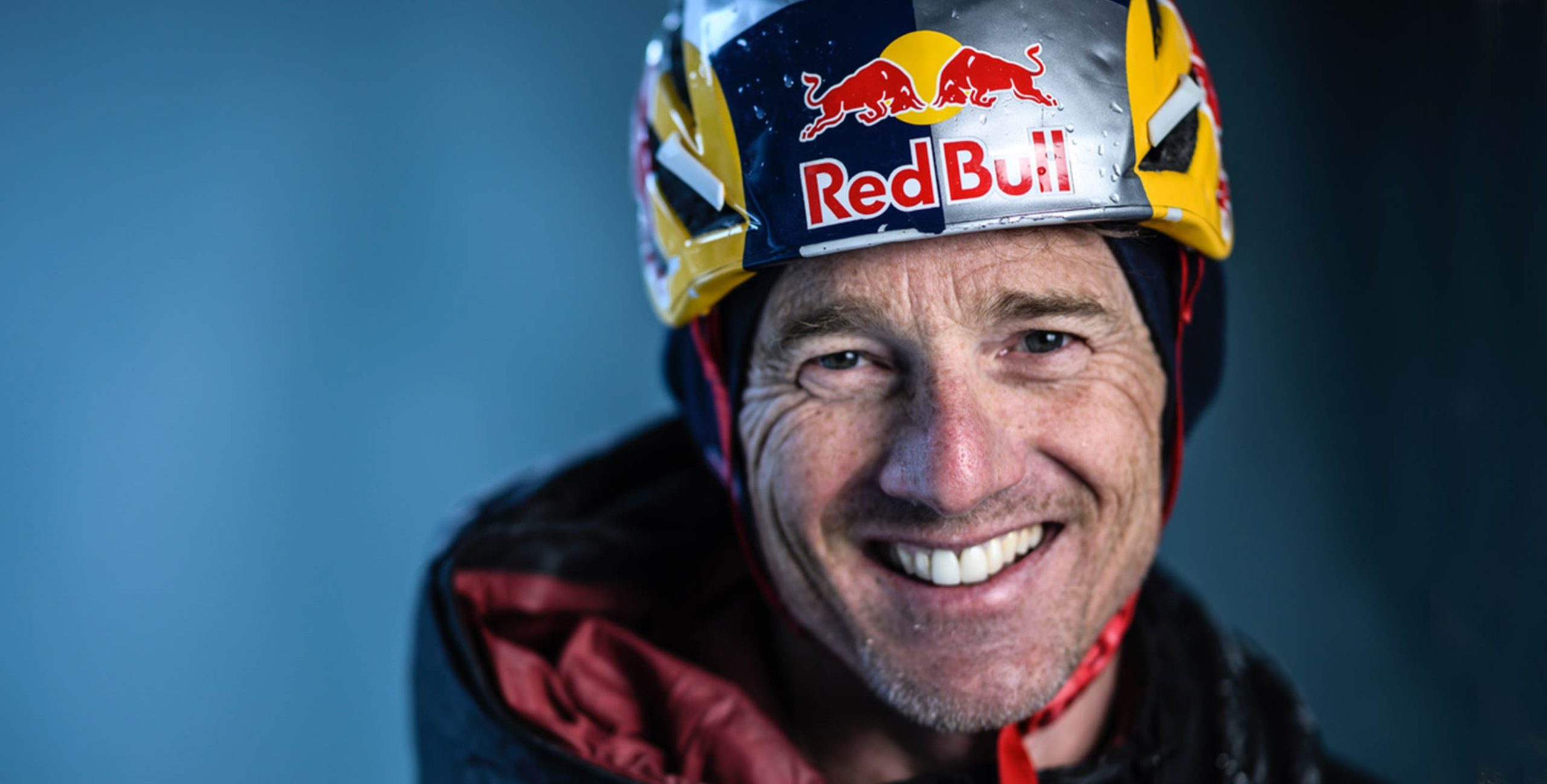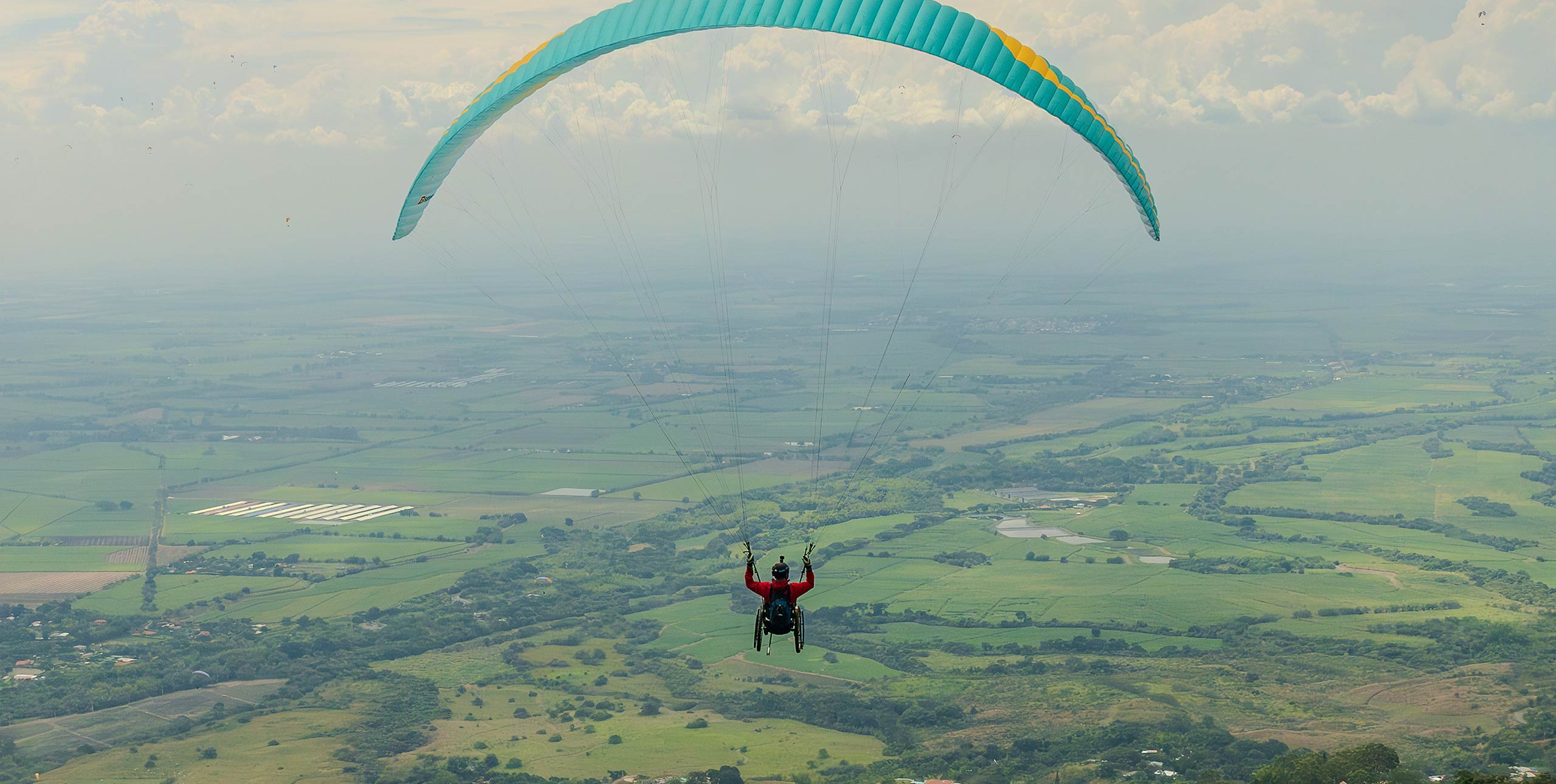Are we as hang glider and paraglider pilots an endangered species? Ian Blackmore investigates one of the main threats to our continued existence. Published in Cross Country magazine in 2003
In the beginning, there was Otto Lillienthal. Otto was probably considered a bit of a lunatic by many. An eccentric, but without a doubt a genius who worked out the theory of flight, built himself a glider, and flew.
How many of us would have the courage to do that today? Very few I suspect. But thanks to the efforts of legends like him, it’s now possible, in a short space of time, to do what not long ago would have seen us branded as lunatics, eccentrics and many other titles even less complimentary.
We should count ourselves lucky to have been born into an age where we can indulge in these activities without the risks our sport’s pioneers endured. A combination of highly trained instructors, well-developed training programmes, and remarkably safe equipment has allowed most of us to enjoy the freedom of the air without feeling our lives are constantly on the line.
Those on the outside may still perceive what we do as ’extreme’, but to most of us, learning to fly a glider has involved no more risks than learning to ride a horse. Our sports may not be considered ’mainstream’ or as sensible as sailing or horse riding, but at least we are no longer considered hare brained crazies.
But what of the future? What chance will our children have to enjoy the freedom of free flight? The storm clouds are gathering, and many factors are conspiring to restrict or even ultimately curtail our freedom to fly.
I spoke to Harriet Pottinger, chairwoman of the British Hang Gliding and Paragliding Association, and asked her what she perceived to be the greatest risks to our sports’ continued existence.
“If you’d asked me this a few weeks ago, I’d have said European airspace restrictions, but now it’s insurance again.”
In the minds of most pilots, insurance is probably the most boring topic of conversation that ever gets bandied around a hillside. Sadly, however, it is a topic that affects us all, especially instructors.
We need insurance to be able to fly. We’re no longer one person building a glider and asking the local landowner if we can run down his field. We are now large numbers of pilots in public places, with either fast pointy hang gliders or giant kites with lines like cheese wire.
It doesn’t take a great deal of imagination for members of the public and landowners to realise the injuries our machines can do to people or property. It is, thankfully, a rare occurrence for third parties to get injured as a result of our activities, but it is certainly wise for all pilots to insure themselves against getting sued as a result of such an accident.
Thanks to the low incidence of claims in this area, and the fact that a large number of us require this insurance, it has proved cheap and readily available. Insurance is a business, and will continue to be available provided the money received via premiums is greater than the amount likely to be paid out in claims. In almost all countries this third party liability insurance is provided as part of our membership fee paid to our national associations.
Third party insurance is, however, not the only part of the package. If a member of the public or even the pilot themselves is injured whilst flying on someone else’s land, then it’s not unknown for a compensation case to be brought against the landowner who permitted the activity to take place on their property.
Hence, the insurance policies negotiated by most countries’ national hang gliding and paragliding associations also include cover for the landowners who kindly allow us to fly from their sites.
Without this cover it would prove extremely difficult for us to negotiate access to our sites with the landowners. Earlier this year the Canadian Association failed to find appropriate cover for a short period of time, and flying ceased on certain sites until a new insurer was found.
Thanks to the lack of claims in this area, this insurance remains fairly readily available and relatively cheap. Provided this remains the case, those of us who already fly will continue to be able to do so, although no doubt, with ever-rising premiums.
However, if you don’t yet fly, but want to, you have a problem. The early pioneers simply built their own wings and flew them. Nowadays that’s not really an option. For starters, few people would be prepared to take the risk.
Without being a trained pilot, it can prove hard to get third party insurance. Without insurance you are not allowed onto existing sites, and personally, from a purely practical and selfish viewpoint, I have no desire to share our crowded airspace with untrained and incompetent pilots.
So, if we want a continued flow of new members to replace the large percentage who give up the sport after about four years, we need schools and instructors. And here lies the problem. No matter how experienced and cautious the instructor, accidents in training do happen. Not very often, but they do happen. Even with the best equipment, training and procedures available it’s impossible to eliminate them completely.
In the UK, as part of our BHPA insurance package, we’ve been fortunate to have a policy that covers schools, tandem pilots and instructors against getting sued by their students and passengers.
Despite the UK’s inclement weather, British schools are pretty busy and attract a lot of clients. The most common question they ask is usually, “How safe is it?” And the answer is, “Pretty safe: statistically safer than riding a horse. There are accidents, but very few major ones.” And that’s an honest answer.
The student is prepared to take a small risk, and is helped in that decision by knowing that the schools and instructors are insured. Should the student get seriously injured whilst training as a result of poor instruction, then there’s insurance to claim against. He signs on the dotted line, and all being well, safely learns to fly.
However, if students knew that there was no insurance, they might well think twice about taking up the sport in the first place.
Here, in the UK, there have been relatively few major accidents involving students, and only a couple of serious ones involving tandems. These accidents though, have resulted in several potential claims involving sums of around several million pounds each. By this I mean that either a claim has been filed, but not yet settled, or the insurers know about an accident and are expecting a claim to be filed.
The BHPA’s insurers have simply looked at the roughly 300,000 pounds they receive in premiums each year, and the likelihood of paying out a couple of million every few years, and re-evaluated the risk.
They are prepared (for the present) to cover qualified pilots, the landowners, schools and instructors for two million. But from September 1, the schools, instructors and tandem pilots will only be covered for a maximum of 25,000 pounds.
Which, in the current claims culture is nothing. They are still covered for third party liability to two million, but not with respect to students and passengers suing them.
BHPA insurance officer Martin Heywood says the association’s insurers are estimating they will receive one profound claim a year exceeding two million pounds. “To keep the current level of cover, we could be looking at 10 to 20-fold increases in our premium, which is simply not feasible.
“As a result the insurers have refused to cover the schools, instructors and tandems for more than 25,000 pounds instead of the previous two million.”
The BHPA expected several schools to close, rather than take the risk of operating with limited cover. BHPA thinking is that although this would result in a drop in the number of schools, this might mean more business for others.
In recent years though, many schools have sited that their main problem with teaching has been a lack of qualified instructors. Several initiatives have been put in place to try and address this shortage, but without much affect overall.
One of the longest running schools in the UK is Michel Carnet’s ’Sky Systems’. Michel says he hates insurance. “It’s a ripoff. I only bother with the legal minimum for insurance nowadays.” Michel didn’t seem too worried about the drop in insurance cover, provided the premiums to the schools and instructors dropped along with the cover.
“My instructors however are very worried that in the event of a claim, the lawyers might go after assets like their houses. We’re taking legal advice on who would be liable: the school or the instructors.”
Another school proprietor told me a similar story. Dean Crosby is seriously considering closing his school when the changes come into effect. Dean’s business encompasses an importership, a retail outlet and a school. He said that without decent insurance, the risk to assets like his house and business was too great, and the school side of the business might have to close.
Dean said that even if he kept the school open, his instructors might stop teaching anyway. “Several of them are excellent instructors who have been with me for around 10 years but feel the risk to their assets will be too great for what is, effectively, a part-time job.”
So it looks like we may well see a large drop in the number of schools and instructors and consequently new pilots within the UK. The only people who might consider teaching are small one or two-man operations with limited or zero assets. But what happens if they get a large claim against them?
The 25,000 pounds is probably large enough to make it worthwhile for the lawyers to take on the case, but a mere pittance against a larger claim. If the instructor has no assets then who could they go after next? A possible target is the BHPA itself. With the association’s own cover also cut to 25,000 after 1 September, the BHPA’s 400,000 pounds in assets may itself appear to be a possible target.
I put this possibility to Martin Heywood, who agreed that it was a possibility and that the BHPA were taking advice on the matter.
In many other countries a lot of schools currently operate without insurance cover provided by their associations. USA and Canada have none, and Australia did have but junked it when it got too expensive.
There’s nothing to stop a school or instructor operating without insurance, but it’s a very risky business in our current litigious society. Individual schools can purchase their own insurance provided they have no claims history, but it works out far more expensive than what was available under the BHPA scheme and becomes unavailable as soon as they get any claims history.
No-one I talked to could see a solution to the problem, other than a highly unlikely change in the law limiting claims to a sensible level. The schools and instructors would simply have to operate either with reduced or no cover. In the current climate, that’s bound to deter anyone with any assets from opening a school or taking up teaching.
We need instructors to train new pilots. Without an influx of new blood each year, our national associations will shrink to a far smaller size over a period of three or four years as pilots give up or move on to other sports. This might make the hills less crowded, but with fewer pilots, the cost of our third party insurance and sites insurance will go up.
In addition, economies of scale mean the cost of running associations like the BHPA will increase. This means a big reduction in funds to fight off all that nasty European legislation, which ultimately, is the real threat to our continued existence. So support your local instructors. It’s a hard job, but someone’s got to do it!
• Got news? Send it to us at news@xccontent.local
Subscribe to the world’s favourite hang gliding and paragliding magazine



